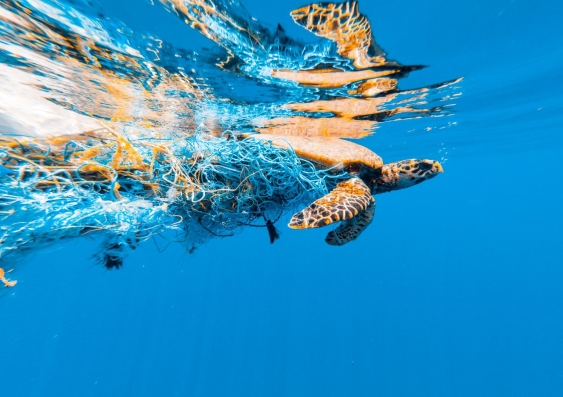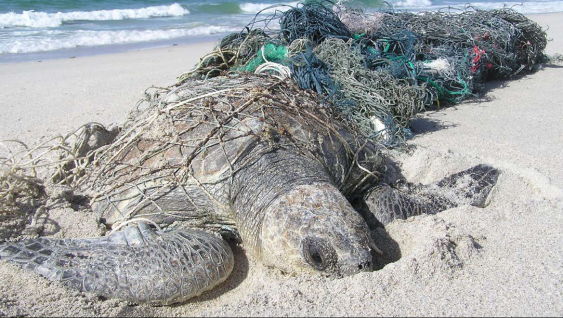Sustainable solutions for ghost net waste
A joint report by environmental not-for-profit organisation TierraMar and the UNSW SMaRT Centre outlines solutions for the fight against discarded ‘ghost’ nets and other fishing marine debris in northern Australia.



